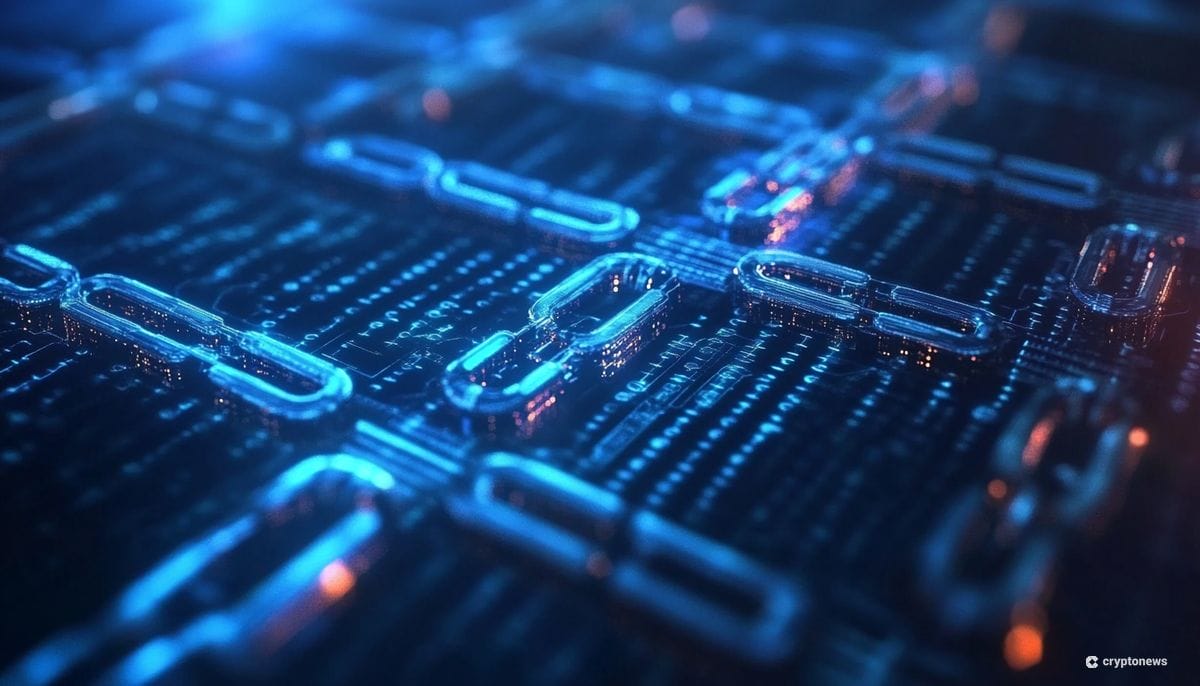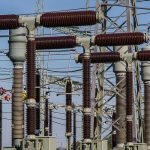Layer-2 (L2) networks are gaining popularity in the blockchain space, with the incorporation of artificial intelligence (AI) to boost scalability, security, and efficiency. The intersection of AI and blockchain technology is expected to be worth over $2.7 billion by 2031. AI can optimize transaction throughput, manage network congestion, and enhance security by detecting and preventing malicious transactions on L2 networks.
Artificial intelligence solutions play a crucial role in improving the performance and security of L2 networks. For example, Zircuit uses AI-based sequencer security to monitor the mempool for malicious transactions and prevent their inclusion in a block. This proactive approach aims to create a safer and more secure environment for decentralized applications (dApps) and their users, reducing the need for measures like block reversion or hard forks in case of hacks.
Numerico has implemented an AI smart contract audit system to identify bugs and vulnerabilities in smart contract code, enhancing network security and performance. AI also has the potential to refine user experiences through personalized interactions and automation, making technology more intuitive and accessible. Numerico’s tool, Calculus AI, creates personalized trading strategies for users with minimal Solidity knowledge, enhancing the overall user experience.
Ethernity Chain Layer-2 solution will use AI for Digital Rights Management (DRM) controls to prevent counterfeit trading and protect creators’ intellectual property. While challenges such as performance and accuracy may arise when combining AI and blockchain technology, companies like Zircuit and Numerico are dedicated to overcoming these obstacles and optimizing AI models for blockchain use. Maintaining low latency while processing large amounts of data in real-time is critical for successful integration of AI with L2 networks.
Despite challenges, AI is expected to play a significant role in enhancing L2 networks in the future. AI’s ability to optimize scalability, enhance security, and improve user experiences will drive more L2 networks to adopt AI technology. Additionally, the potential for AI to scale up and decentralize AI networks to meet their computational requirements suggests a promising future for the integration of AI with Layer-2 solutions. As the use of AI in L2 networks continues to evolve, it has the potential to lower barriers to entry and broaden accessibility to blockchain technology.











